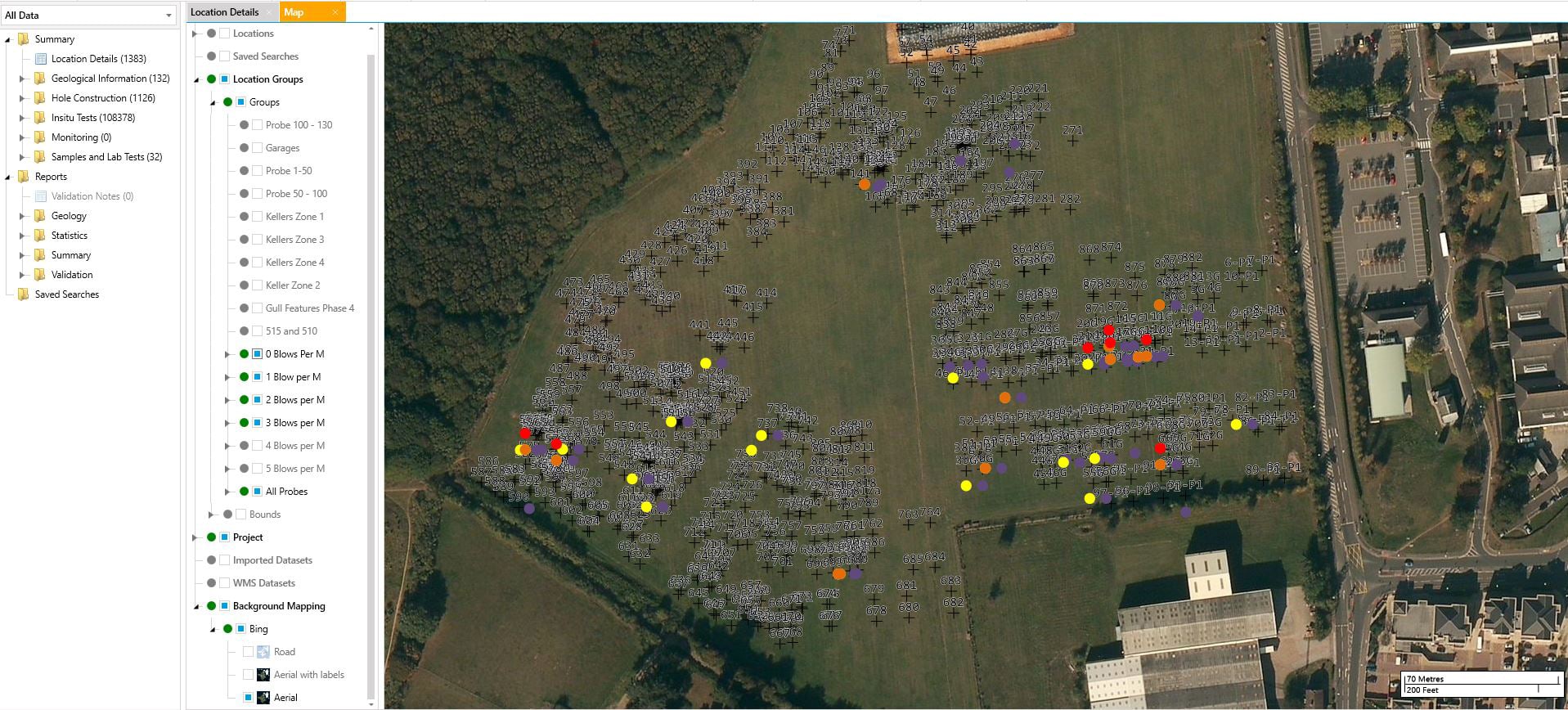Bentley Systems has made a raft of new announcements bolstering its portfolio of new design and engineering workflow software.
The company announced this week the acquisition of Keynetix, a UK-headquartered provider of cloud-based software for capturing, visualising, modelling and sharing of geotechnical data. The addition of Keynetix software expands Bentley’s geotechnical offerings and accelerates its vision of enabling subsurface digital twins for infrastructure projects and assets.
Subsurface digital twins can be vital for assessing and managing risks in infrastructure projects, and to the planning, design, construction and operations of infrastructure assets.
The creation and curation of subsurface digital twins involves modelling the underground environment (geology, hydrology, chemistry, and engineering properties, and the underground infrastructure), and utility networks, structures, and tunnels – and then analysing and simulating the subsurface behaviour.
OpenSite Designer advances BIM through comprehensive 3D site design, spanning reality modelling of site conditions from drone imagery and scans, geotechnical analysis, terrain modelling, site layout and grading optimisation, stormwater drainage modelling and analysis, underground utilities modelling, detailed drawing production, and enlivened visualisations.
Bentley claims that its OpenSite Designer enables rapid and iterative conceptual design, leveraging contextual information obtained through point clouds, reality meshes, GIS, and other sources to enhance understanding of existing site conditions. Interoperating with PLAXIS and SoilVision, Bentley’s geotechnical engineering solutions, site plans can be enhanced with new information about the active properties of soil including bearing capacity, stresses, and displacement.

OpenSite Designer assesses risks of ground instability
With OpenSite Designer, users can create intelligent 3D models containing site information, terrain data, parking lots, building pads, driveways, sidewalks, parcel layout, and related site features. During preliminary design, the site engineer can complete and subjectively improve the layout while relying on further automated optimisations, which respond to the engineering changes.
To complete the project’s digital workflows, OpenSite Designer fully supports the site engineer’s detailed design, including the production of all required project deliverables.
Meanwhile, OpenBuildings Station Designer is a new multidisciplinary application for the design, analysis, visualisation, and simulation of new or operating rail, metro or other transit stations.
Advancing beyond generic BIM applications, OpenBuildings Station Designer was developed specifically for rail and transit station modelling, with asset-specific content and workflows. OpenBuildings Station Designer streamlines and automates design collaboration design between architectural, mechanical, electrical, and structural disciplines sharing modelling, clash resolution, and documentation capabilities.
OpenBuildings Station Designer incorporates LEGION simulation software, acquired by Bentley late in 2018, for fully modelling pedestrian traffic to optimise footfall, wayfinding, crowd management, safety, and security.
With the integrated capability to model and simulate pedestrian scenarios, OpenBuildings Station Designer helps designers to improve the functional use of space, passenger throughput, and the pedestrian experience.













